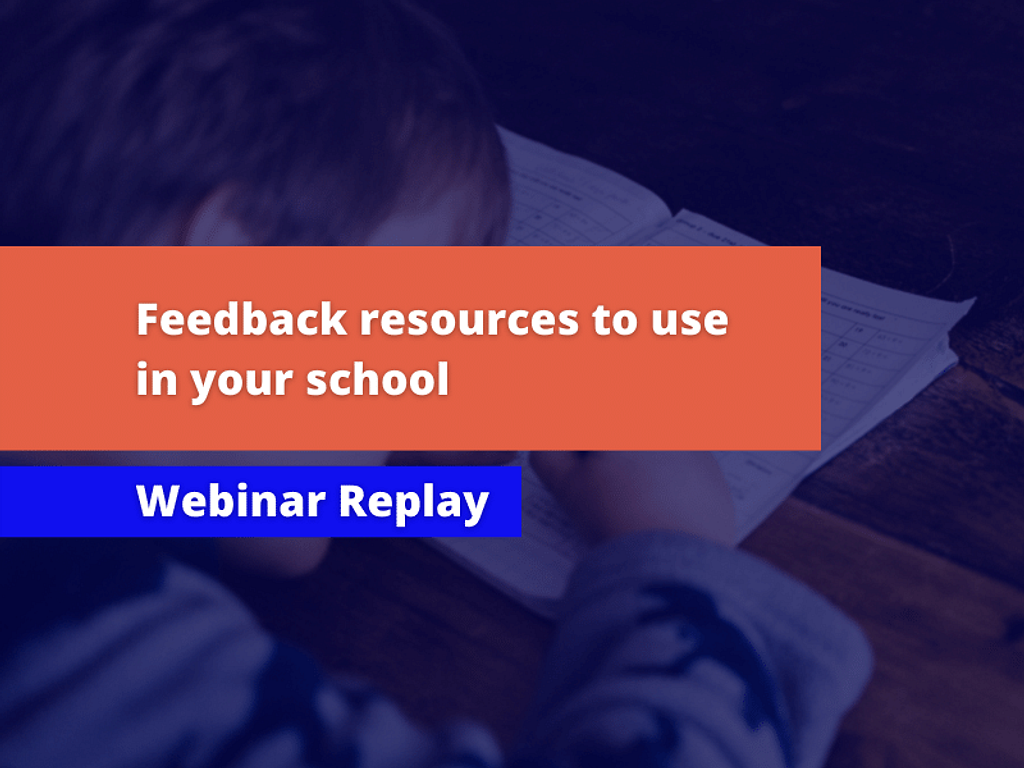Providing high-quality feedback to students is integral to effective teaching. Equally, gathering feedback on how well students have learned a topic is important in enabling teachers to address any misunderstanding and provide the right level of challenge in future lessons. This page is an overview of current evidence on how to use assessment to understand students’ strengths, weaknesses and progress, and addressing these through feedback.
Feedback
Our Toolkit suggests that the provision of high-quality feedback can lead to an average of six additional months’ progress over the course of a year. Feedback can take a range of different forms, including written feedback in the form of marking, oral feedback and peer feedback, while a teacher may also choose to vary the frequency, timing, focus and tone. However, while the average impact on learning is high, feedback interventions also have a very wide range of effects.
The Australian Institute for Teaching and School Leadership (AITSL) and Evidence for Learning have partnered to produce new resources designed to support approaches to enhancing feedback practices.
These resources provide relevant, evidence-based and practical support to guide the implementation and measurement of the impact of effective feedback practice in classrooms to improve student learning.
The suite of materials includes the following:
- A Spotlight research summary reframing feedback to improve teaching and learning to help you understand the underpinning research on effective feedback.
- Written and video case studies that profile effective implementation of feedback within Australian schools.
- Implementation resources, such as a readiness check, planning overview and an introductory presentation, to help schools introduce an effective feedback strategy.
- Evaluation resources, including evaluating impact that provides examples of data sources and what that data might tell you. As well as a feedback evaluation questionnaire to measure, for example, effective professional learning experiences and knowledge and skills in the implementation of providing feedback to students.

Webinars
